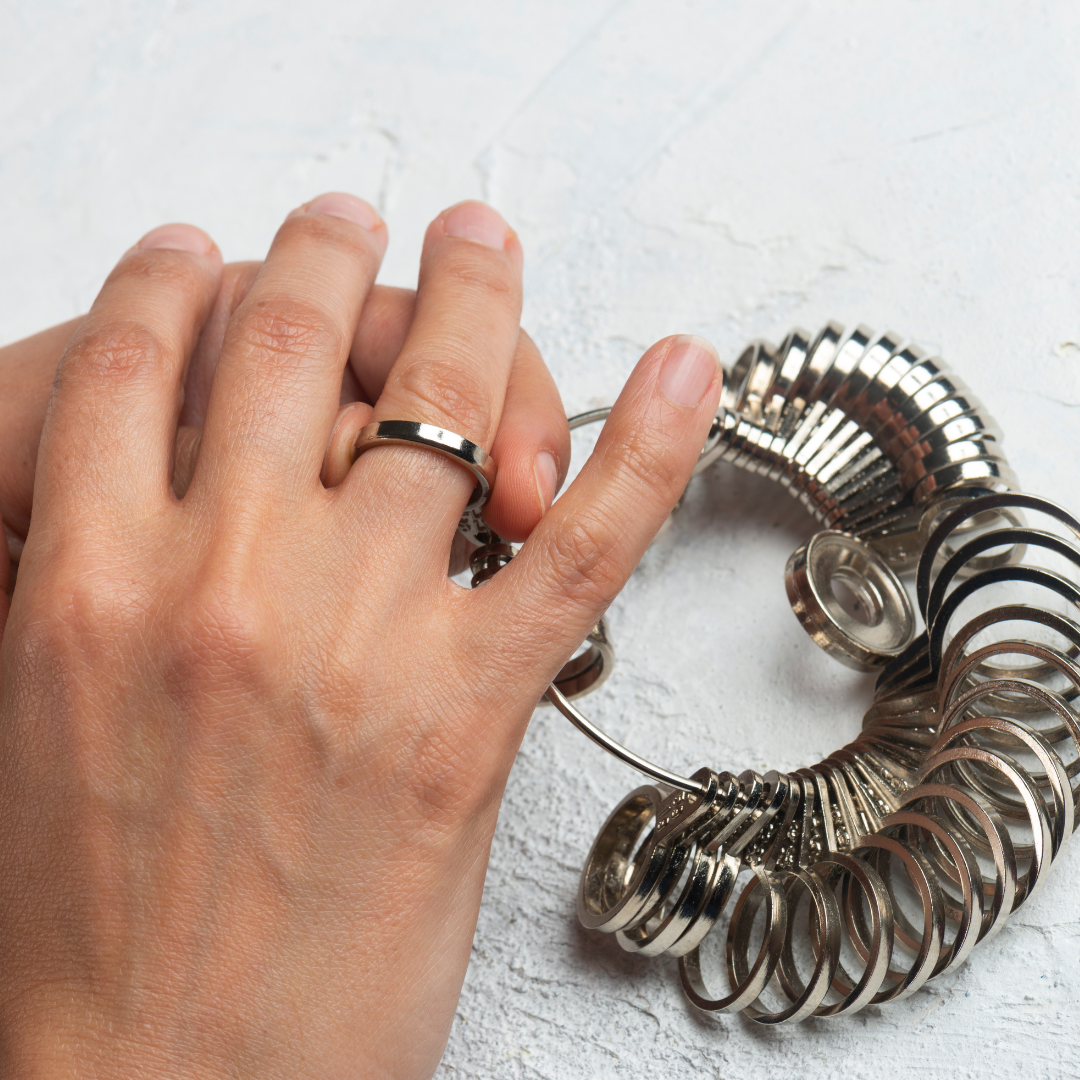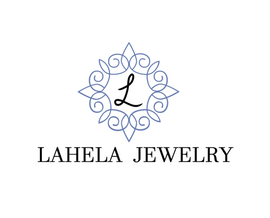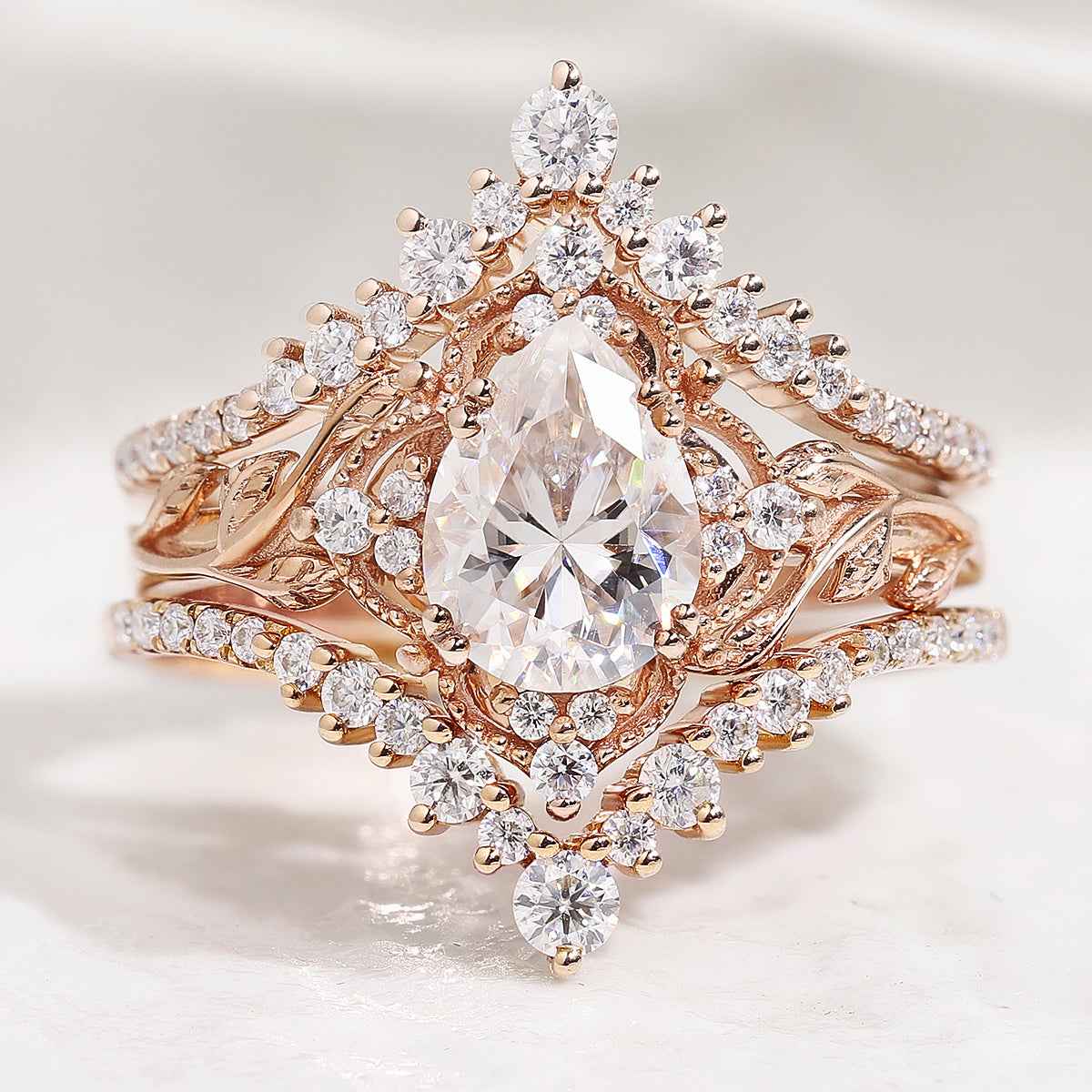Key Takeaway
A well-fitting ring is safe, comfortable, and enjoyable to wear. Measure carefully, utilize a dependable ring size guide, and consider comfort and style. If unsure, choose a slightly larger size or talk to a jeweler. A well-fitted ring looks beautiful, feels good, and boosts your confidence.
That stunning ring you're dreaming of? It only truly becomes yours when it fits. The perfect fit is the invisible element that transforms a beautiful object into a secure, comfortable extension of you. Too loose, and it's a constant worry. Too tight, and it's a distraction. So, before you choose the design that speaks to you, let's make sure it has the perfect home on your finger.

Why Ring Size Is So Important
Finding the right ring size is about comfort, security, and style. A ring should feel like it belongs on your finger, not something that pinches or slides around all day.
A tight band can feel constricting and make your finger swell, and forcing a tight ring on and off can also damage the band or its setting over time. A loose one is a constant distraction, which could slip off and be lost for good, or the stone will spin to the side.
At last, only a proper fit can make your ring look its best. It will sit straight and centered, showing off theAt last, only a proper fit can make your ring look its best. Whether you’re wearing moissanite rings, diamond rings, or sapphire rings, the right size will ensure it sits straight and centered, perfectly showcasing the design.
Ring Sizes Basics: The Foundation of a Great Fit
Ring sizing isn't a universal language. Before using a measuring tape, learn about ring sizes first. Knowing global system differences can reduce confusion.
Standard Ring Sizing Systems: US, UK, and European
Ring sizes are usually expressed as numbers in the US, Canada, and Mexico, including half and quarter sizes (e.g., 6, 6.5, 6.75). South Africa, Australia, Ireland, and the UK employ alphabetical systems (e.g., J, K, L). Many European countries, as well as Asia and South America, employ millimeter circumference. Make sure a ring size chart uses the correct system.
Half and Quarter Ring Sizes: The Nuance of Fit
In the US system, many ring styles come in half or quarter sizes. These simple adjustments can improve comfort. A quarter-size too big ring may spin incessantly, and a quarter-size too tiny may feel tight and uncomfortable.
6 Factors Affecting Your Ring Size
Your finger size changes. A number of causes can cause daily and long-term fluctuations:
- Temperature: Cold weather shrinks fingers, whereas warm weather swells them.
- Time of day: Fluid retention makes most fingers a bit larger at night.
- Physical activity: After exercise, your fingers might swell a bit.
- Diet: Salty foods can lead to temporary swelling.
- Weight fluctuations: Significant weight changes can impact ring size.
- Knuckle size: If your knuckle is wider than your finger's base, be sure your ring size can comfortably pass it, even if it's loose at the base.
4 Effective Methods to Measure Your Ring Size
Measuring your ring size is easier than you might think, especially with the mentioned knowledge. A few simple tools and a ring size chart can help you measure accurately.
Using a Ring Sizer Tool for Home Measurements
You can often find printable ring sizer charts online or purchase inexpensive plastic ring sizer tools.
| Method | How to Use | Where to Find It |
| Printable Sizer |
1. Print the chart at 100% scale (do not select "fit to page"). 2. Cut out the paper sizer. 3. Wrap it snugly around the base of your finger to find your size. |
Offered for free by most online jewelry stores. |
| Physical Sizer |
1. Try on the plastic rings one by one. 2. The correct size will slide over your knuckle with a slight pull. 3. It should sit comfortably at the base of your finger, not too tight or loose. |
You can buy a set for a few dollars on sites like Amazon or Etsy. |
Measuring with String or Paper
This is a common and easy way to get an approximate measurement.
Instructions:
- Take a non-stretchy piece of string, ribbon, or a strip of paper (about 6 inches long and a quarter-inch wide).
- Wrap it snugly but comfortably around the base of the finger where you'll wear the ring. Make sure it goes over the largest part of your knuckle if that's wider than the base of your finger.
- Mark where the string or paper overlaps.
- Unwrap the string or paper and lay it flat.
- Measure the length from the beginning to your mark using a ruler in millimeters or inches.
- Measure a few times to ensure consistency.
- Use a ring size chart to convert this measurement to your ring size.

Using a Ring You Already Have
If the existing diamond ring already fits the finger you want to size, use a ruler to find out the inside diameter. Then, compare this number to a chart of ring sizes. This method is quick and works well if you're buying a ring as a gift.
Sizing by a Professional at a Jewelry Store
If you want the most accurate measurement, visit a jeweler. They have a set of professional ring sizers that work better than tools you can use at home. They also know how to take into account things like finger form and knuckle size.

How to Make the Ring Size Measurement More Accurate and Comfortable
To make you ring size measurement more accurate, follow these guidelines to avoid common blunders.
- Temperature, activity, and diet affect finger size during the day. Measure your finger at the end of the day, when it's at its largest. Avoid measuring with chilly hands because fingers may be smaller.
- Measure the finger you'll wear the ring on, since sizes can vary between hands.
- If your knuckle is substantially larger than your finger base, measure both and choose a size in between.
- If you're between sizes, go with the larger size for comfort.
- For wide bands, consider sizing up half a size for a better fit.
- After measuring, a ring size chart helps you find the right size. Most charts show US ring sizes' diameter, circumference, along with conversions for UK, European, and other systems. Let's look at this standard ring size chart:
| US Size | Diameter (mm) | Circumference (mm) |
| 5 | 15.7 | 49.3 |
| 6 | 16.5 | 51.8 |
| 7 | 17.3 | 54.3 |
| 8 | 18.1 | 56.9 |
| 9 | 18.9 | 59.4 |
| 10 | 19.8 | 62.2 |
Women's rings are normally size 3 (14 mm diameter) to size 9 (19 mm), while men's are size 8 (18.2 mm) to size 14 (23 mm). For reliable results when purchasing online, check if the store includes a ring size guide or downloadable chart.
If you're buying from an international retailer, you might see different sizing systems. US, UK, and European sizes don't match up directly, so always use a ring size chart that includes conversions.
For example:
- US size 7 = UK size N = European size 54 (diameter 17.2 mm)
- US size 10 = UK size T1/2 = European size 62 (diameter 19.8 mm)
Most online ring size guides include a conversion table to make shopping easier.
Shop Smart with a Ring Size Guide
Use this ring size guide to get an exact reading on your ring size. Look at a ring size chart and pick a fit that feels good. Take your time and measure carefully, and you'll enjoy your new ring with confidence. If you're still not sure, ask a jeweler you trust for help.
Frequently Asked Questions About Ring Size
Q1: Can rings be resized?
To adjust the size of a ring, you need to know its material, style, and whether it has gemstones or detailed designs all around the band. It's usually easy to change the size of plain metal bands. It may be hard or impossible to change the size of rings with eternity bands (gemstones all around) or tension sets without damaging them. Always talk to a jeweler about your resizing choices.
Q2: How does temperature affect ring size?
As was already said, weather has a big effect on finger size. When it's cold, blood vessels constrict, which makes fingers smaller. When it's warm, blood vessels get bigger, which makes the body swell. This is why it's best to measure your finger when the room temperature is about right.
Q3: Is it better to size up or down if unsure?
It's usually better to size up if you're not sure what size to get and your measurement is between two sizes. Too tight of a ring can cut off blood flow and be painful. A slightly bigger ring can usually be worn with a small ring guard and can be easily sized down later if needed.
Q4: How often should I measure my ring size?
You should get your ring size re-measured every couple of years, or if you've lost or gained a lot of weight, become pregnant, or had other health changes. Your finger size can change over time, and a periodic check ensures your rings continue to fit well.





